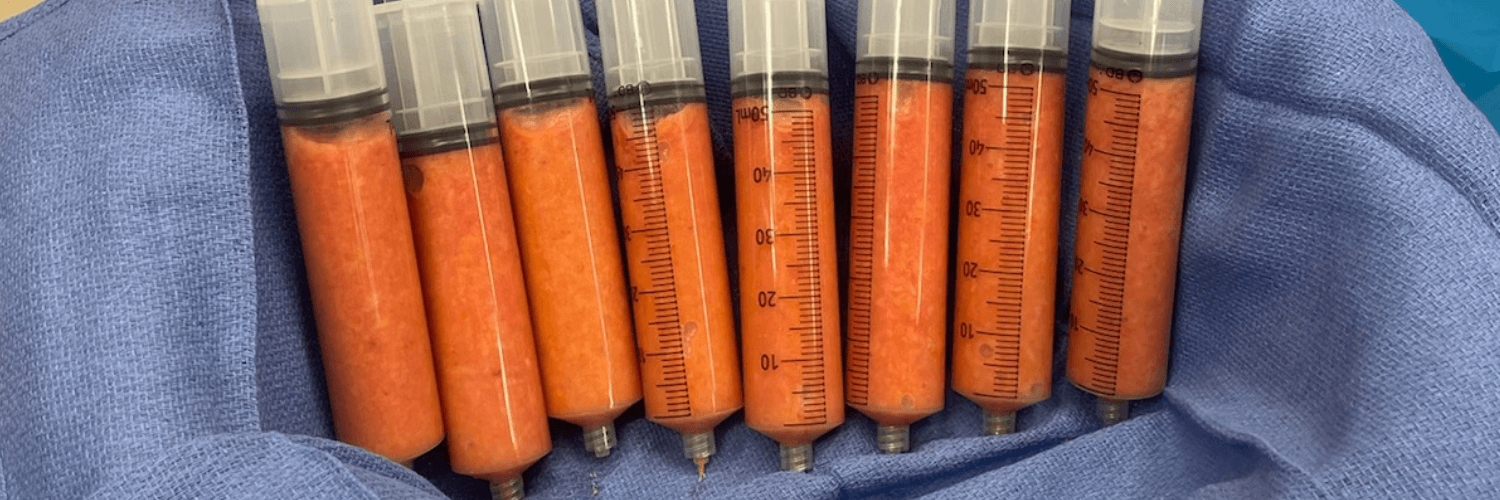
- 0 Comments
- PRMA Plastic Surgery
Fat grafting surgery is an option for any individual seeking breast reconstruction following breast cancer.
The procedure is performed by removing fat from one area of the body via liposuction and then reinjecting the fat into the chest/breast. Fat grafting can be performed following a lumpectomy to improve breast symmetry and shape. It can be used in conjunction with other breast reconstruction options (like implants or tissue flaps) to improve results. Fat grafting can also be used as a stand-alone procedure to reconstruct a breast after a mastectomy but is typically only recommended for patients who underwent skin-sparing mastectomy and do not desire a large breast size.
Is Fat Grafting Safe?
The surgery is a safe option for patients regardless of how it is utilized in the breast reconstruction journey. However, as will all surgeries there are some risks. Risks include fat reabsorption, necrosis, and infection.
Fat Reabsorption
Fat reabsorption is the most common risk associated with fat grafting. Over time your body will use and absorb the fat transferred to your breast. To accommodate for this fat loss, surgeons typically try to inject more fat for a fuller immediate result that will then settle to a smaller size over time. This can make it difficult to achieve a desired breast size in patients seeking full reconstruction following a mastectomy and can take numerous fat grafting sessions to attain outcome goals.
Fat Necrosis
When fat cells die, we refer to this as fat necrosis. It occurs when the fat does not receive enough oxygenated blood during the transfer process. These dead fat cells can form lumps of scar tissue in the breast.
Although the lumps are typically harmless, they can be concerning for breast cancer patients. When this occurs, patients are monitored by their medical team. These lumps may clear up on their own and in some cases revision surgery to remove the scar tissue may be required.
Infection
As with any surgery, infection is possible, although rare for fat grafting. If infection does occur, it will typically be at the incision site and can be easily treated with topical antibiotic cream or an oral antibiotic.
Regardless of why fat grafting is being performed, patients should know the surgery is safe and carries a very low risk of complications. Patients must discuss all their options with their surgical team to determine whether fat grafting is a good option to achieve the final desired results.
If you are interested in learning more or want to schedule a consultation please call us at 800-692-5565 or complete our free virtual consultation form HERE.
Leave Comment
Sign Up for Our Monthly Newsletter
Continue Reading
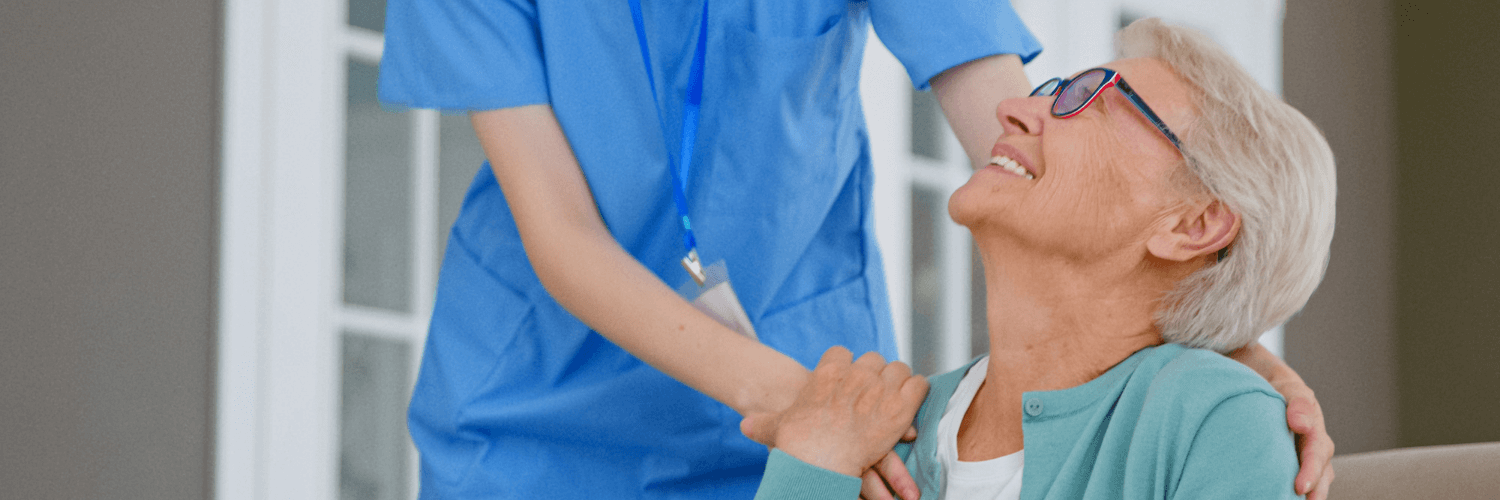
4 Tips for a Healthy Recovery after Breast Reconstruction
4 Tips for a Healthy Recovery after Breast Reconstruction February 04, 2022 Share on Facebook Twitter Linkedin During the early weeks after your breast reconstruction procedure, it is important to maintain light activity and range of motion in your upper extremities with gentle stretching and exercise. Your medical team will give you special instructions for […]
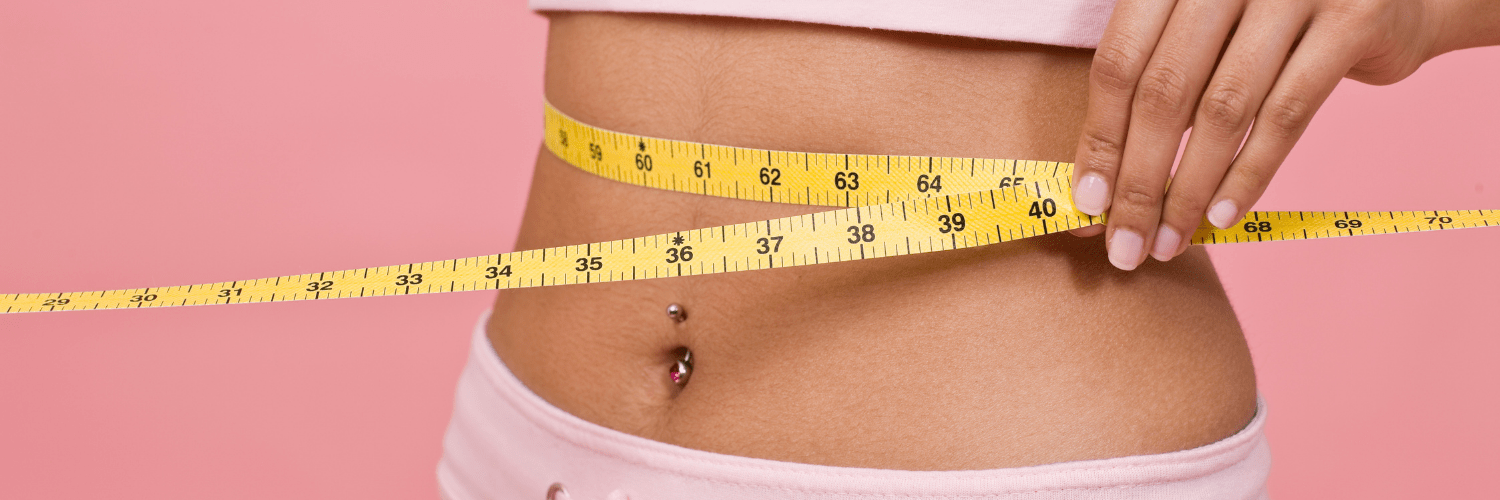
How Much Fat Do You Need For DIEP Flap?
How Much Fat Do You Need For DIEP Flap? January 27, 2022 Share on Facebook Twitter Linkedin Patients often ask how much fat is needed for DIEP flap breast reconstruction surgery. Although there is no textbook fat requirement for DIEP flap surgery, there are three factors to consider when answering the question—BMI, how an individual’s […]

What are the Risks of Fat Grafting in Breast Reconstruction?
What are the Risks of Fat Grafting in Breast Reconstruction? January 24, 2022 Share on Facebook Twitter Linkedin Fat grafting surgery is an option for any individual seeking breast reconstruction following breast cancer. The procedure is performed by removing fat from one area of the body via liposuction and then reinjecting the fat into the […]
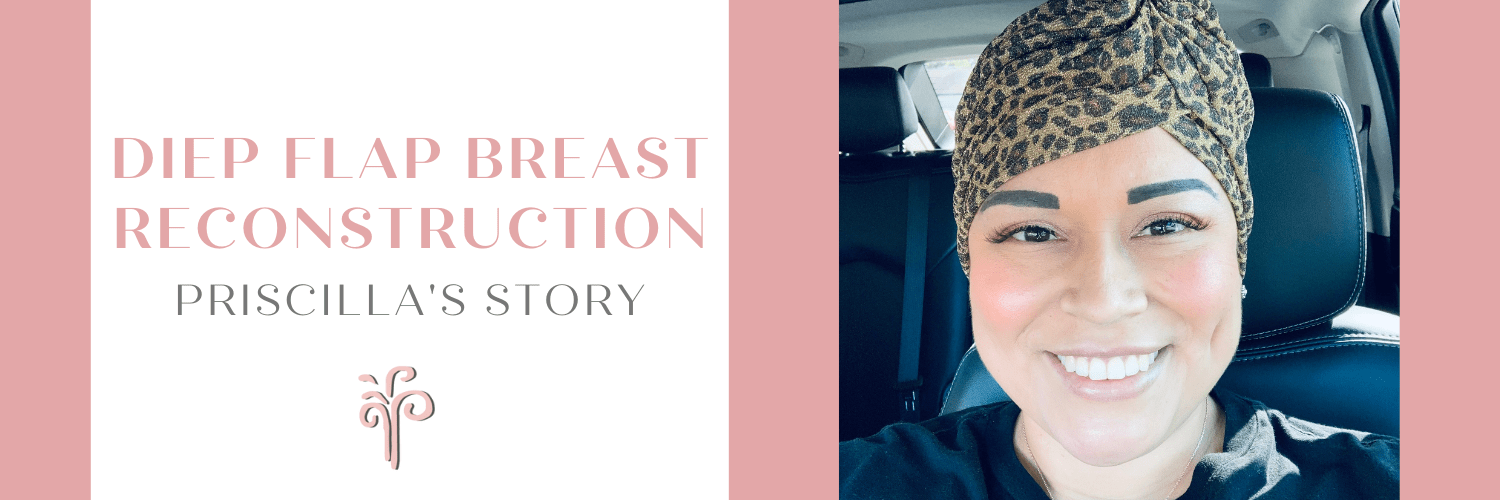
DIEP Flap Breast Reconstruction at PRMA: Priscilla’s Story
DIEP Flap Breast Reconstruction at PRMA: Priscilla’s Story January 13, 2022 Share on Facebook Twitter Linkedin The DIEP flap is the most advanced breast reconstruction technique currently available today. At PRMA, it is also the recommended method. The procedure uses the patient’s own abdominal skin and fat. After a mastectomy, the tissue is used to recreate a […]
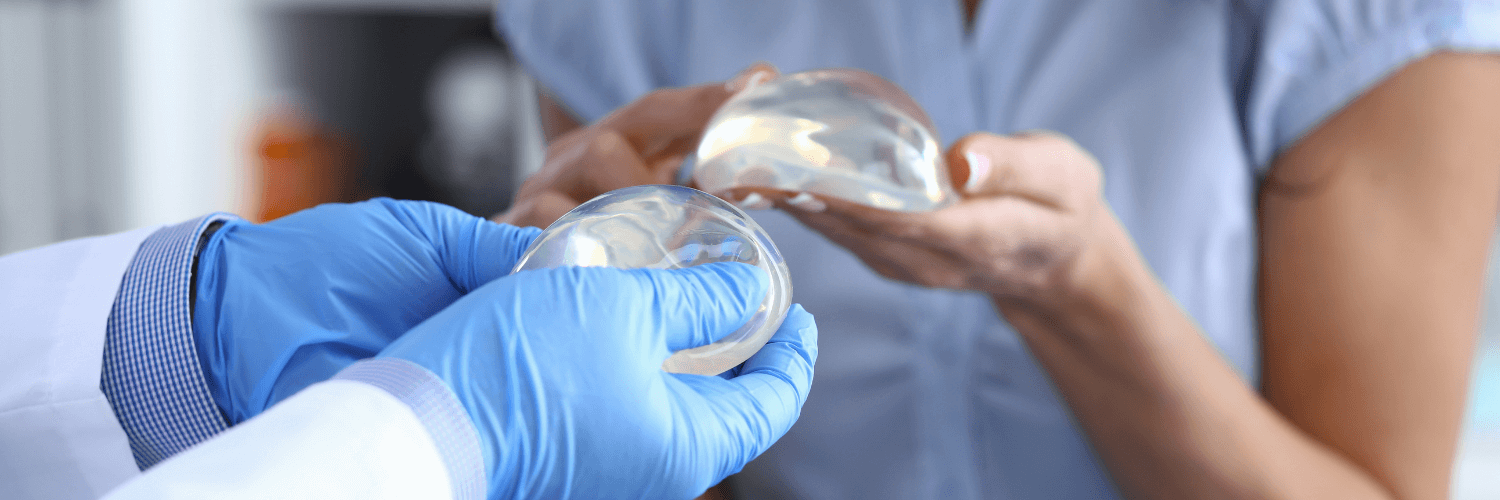
What Breast Cancer Patients Should Know About FDA’s New Breast Implant Safety Rules
What Breast Cancer Patients Should Know About FDA’s New Breast Implant Safety Rules January 11, 2022 Share on Facebook Twitter Linkedin There are now new breast implant safety requirements from the FDA. Beginning in October 2021, all implant boxes must now come with a warning label informing patients of the potential risk of Breast Implant-Associated […]
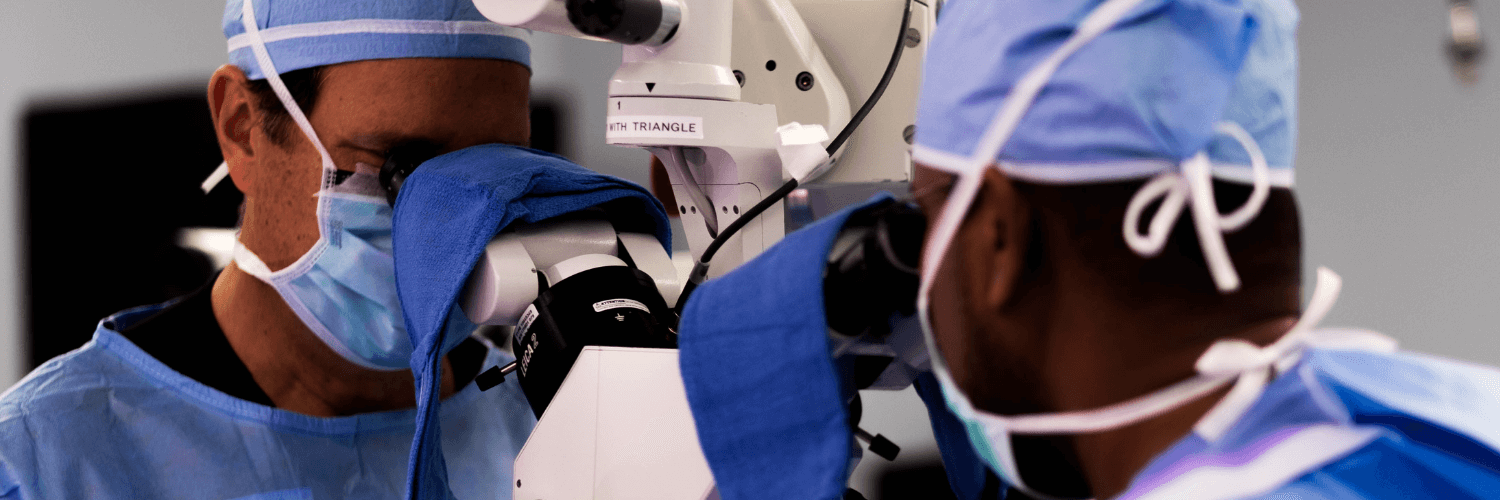
Should I Get Breast Reconstruction Surgery?
Should I Get Breast Reconstruction Surgery? December 03, 2021 Share on Facebook Twitter Linkedin After breast cancer treatment, Breast reconstruction helps women become physically and emotionally whole again. Breast Reconstruction restores something that nature once provided but cancer has taken away. Unfortunately, many patients with breast cancer who have had a mastectomy or lumpectomy are […]
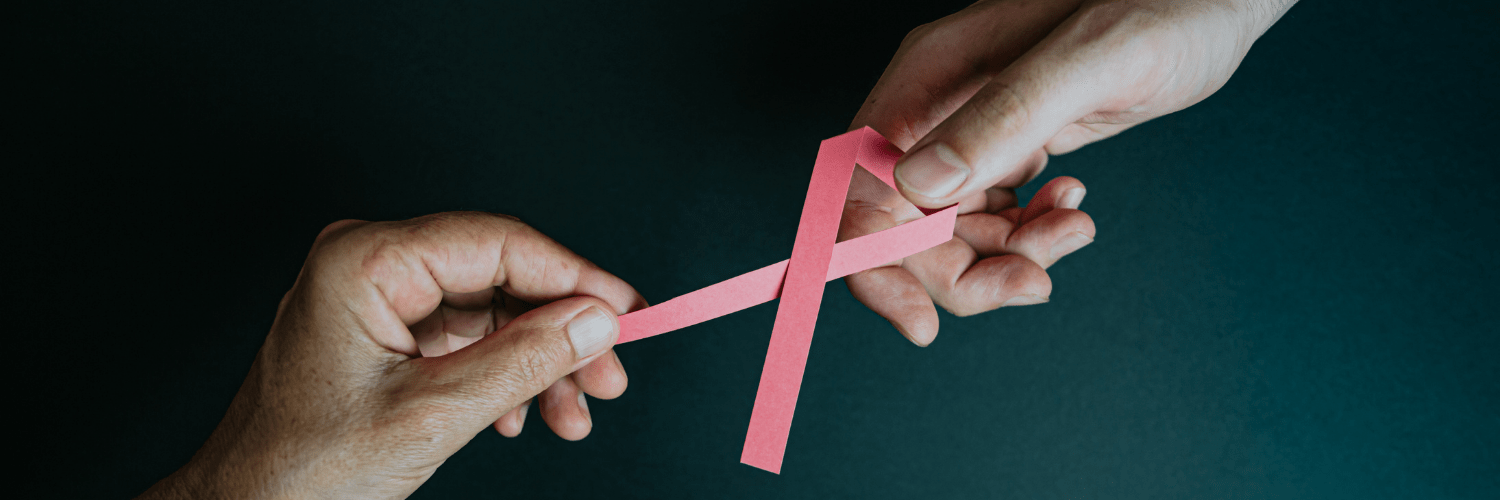
Guest Post: Improving Women’s Sex Life After Breast Cancer
Guest Post: Improving Women’s Sex Life After Breast Cancer November 22, 2021 Share on Facebook Twitter Linkedin Most women with breast cancer notice negative changes in their sex lives. By some estimates, over 80% of women treated for breast cancer end up with sexual problems. Unfortunately, at least half of women do not recall discussing […]
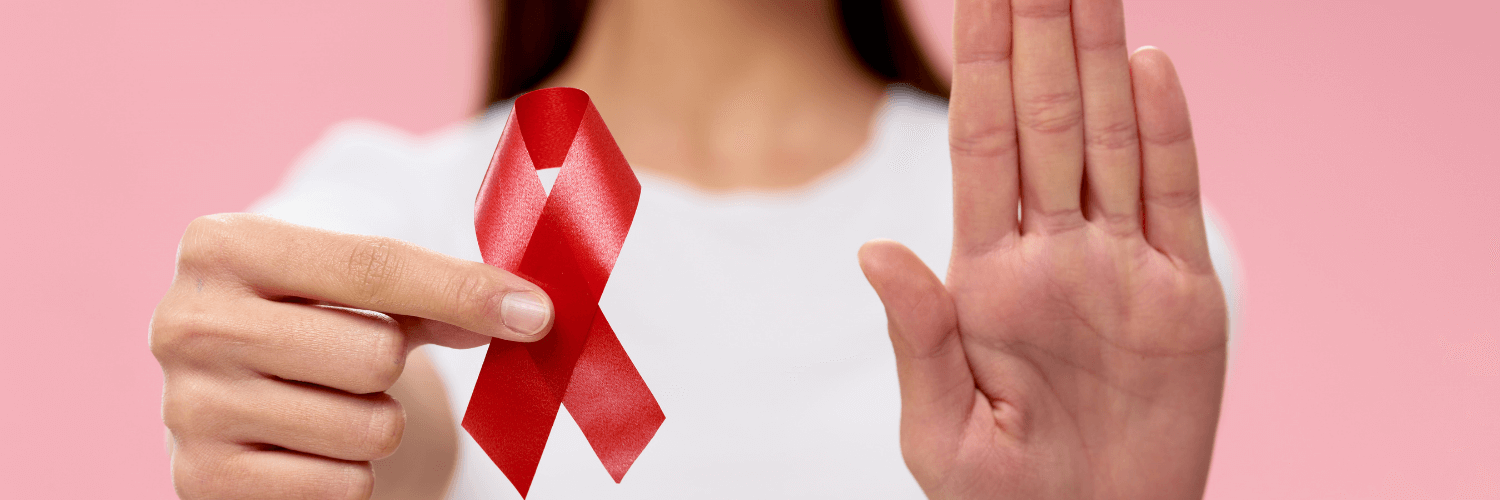
What NOT To Say To Someone Who’s Had A Mastectomy
What NOT To Say To Someone Who’s Had A Mastectomy November 11, 2021 Share on Facebook Twitter Linkedin If you have a loved one who is preparing for or recovering from a mastectomy, there are a few things you should avoid saying – and a few things you should say instead. Don’t say “You’re too […]

Emotional Wellness and Breast Cancer
Emotional Wellness and Breast Cancer November 02, 2021 Share on Facebook Twitter Linkedin When you’re diagnosed with breast cancer, it’s normal to experience a range of emotions at different points during your treatment and recovery. You may be surprised and overwhelmed at first and then become terrified or angry. It’s common to have both good […]



No Comments